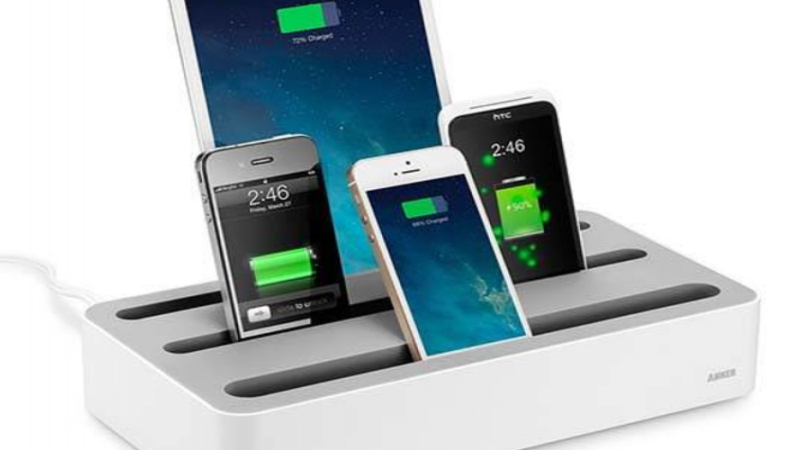
Taking a screenshot can be incredibly useful, from capturing funny texts and emails to saving that high score you just got in your favorite game. But the process of taking a screenshot is different depending on what device you’re using. To make it easier for you, we’ve put together this comprehensive guide to taking screenshots on any device – from iOS and macOS to Windows and Android. Here’s what you need to know:
iOS Devices
Taking a screenshot on an iPhone or iPad is easy – all you have to do is press the Power button (on the right side) and Home button (on the front) at the same time. You should hear a shutter sound if your phone isn't muted, indicating that your screenshot was taken successfully. The image will appear in the Photos app as well as in the Camera Roll album. You can also use it. Assistive Touch feature if physical buttons are not working properly or if you want more control over screenshots like adding markup before sharing them with others.
macOS Devices
On macOS devices such as Macbook laptops or iMac desktops, taking screenshots requires pressing Command + Shift + 3 keys simultaneously while holding down these keys until your desired area appears highlighted with white border lines indicating that it has been captured successfully by the system clipboard which can then be pasted into any program like Photoshop for further editing options before saving final version locally or sharing online via email/social networks, etc. Additionally, there are several other keyboard shortcuts available which allow users to take partial window captures instead of full-screen ones - Command+Shift+4 followed by dragging the mouse cursor over the desired area being one of the most popular combinations used today due to various reasons including but not limited to ease-of-use & convenience factor associated with it compared against other methods available out there today when it comes down capturing screenshots quickly without having to go through complicated steps involved doing so manually each time user wants to take picture something seen their computer monitor's display output device(s).
Android Devices
Taking a screenshot on an Android device depends largely on its manufacturer; some phones may require different button combinations than others. Generally speaking though, most Android phones require pressing both Volume Down + Power buttons at the same time until white border lines appear around the selected area (indicating successful capture) then releasing those two keys immediately afterward followed by tapping the “Save Image” option shown at bottom left corner screen afterward - after which point newly created file containing said picture should now visible inside. Photos app located within the main application drawer menu accessible directly from the home page itself (or sometimes even inside the dedicated Gallery folder found apps section depending upon specific model type). Additionally, some newer models offer alternative methods such as accessing the quick settings panel and then tapping the “Screenshot icon” found therein in order to trigger action much faster than the traditional method described above allowing users to achieve the same results relatively quickly & efficiently to boot!
Windows PC/Laptops
On Windows PCs and laptops, taking screenshots requires pressing. The print Screen key is located top right corner keyboard along. Alt key simultaneously while holding down these two buttons until desired portion screen appears highlighted white border lines indicating successful capture done correctly afterward simply open. The paint program included a default installation package for every version. Operating System since the XP era onwards paste clipboard contents into new document window and save images locally onto a hard drive in whatever format the user wishes to utilize later when needed either share online friends and family members alike using services like Dropbox Google Drive OneDrive etcetera. Additionally, there are several third-party applications available download the Internet that provides similar functionality albeit slightly more advanced features offered compared to the standard built-in solution provided stock OS setup packages themselves meaning the choice ultimately lies entirely individual based upon specific needs and requirements related to particular project task hand might involve completing work-related task leisurely activity entertainment purposes alone!